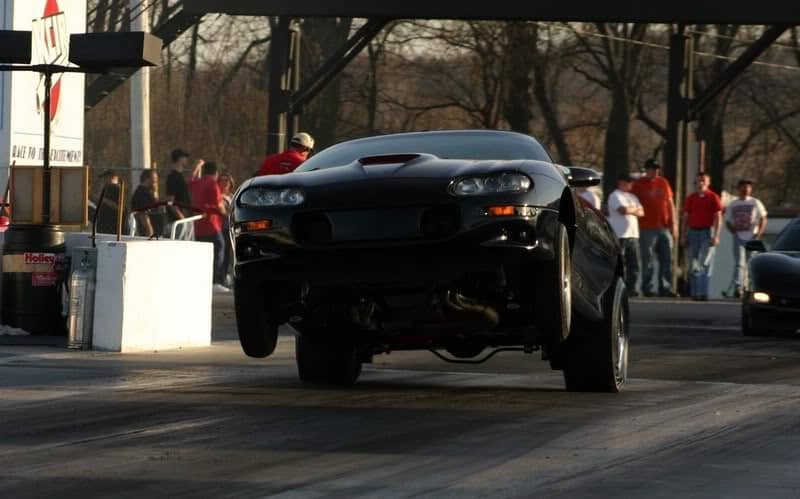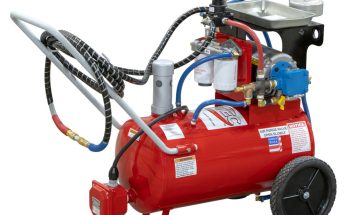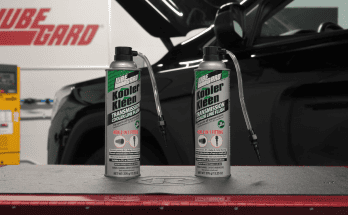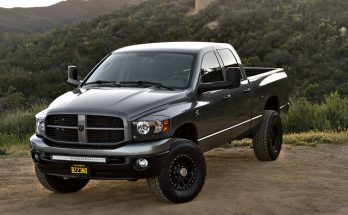When installing a transmission cooler, the main reason is because you are looking to cool your transmission temperatures, and keep the transmission and fluid in better shape. While there are many benefits of transmission coolers, increasing your vehicle’s horsepower output is not one of them.
Since transmission coolers are designed to help cool your transmission, it’s very common to have one on a vehicle that has a purpose where more horsepower or torque is needed, such as:
- Towing
- Drag Racing
- Off Roading
Many vehicles used for these reasons are modified and place a greater load on the transmission, thus requiring additional cooling to keep the power from killing the transmission and cooking the fluid.
Various factors include things such as high stall torque converters or transmission brakes in drag racing applications, which will get the transmission fluid VERY hot (300+ degree converter charge temps). Not only that, but once the lights drop, the transmission will see full throttle the entire runs, which places even greater needs for cooling the transmission.
When towing or hauling, the added weight on the trailer or in the bed of the truck will require the transmission to work much harder than if it were empty. As we know, greater transmission effort = higher temperatures, so transmission cooling needs to be at a maximum to keep temps down.
In regards to off road applications, there is a lot of low speed, high stress which is terrible for a transmission. Power is needed to get up hills, through mud, or climb rocks, but again, this beats the transmission fluid badly.
So to answer the question of “does a transmission cooler add horsepower?”, the answer is no. However, transmission coolers allow you to use your horsepower or torque more effectively by keeping transmission temperatures as low as possible, and allowing them to recover faster when they start to get hot.




